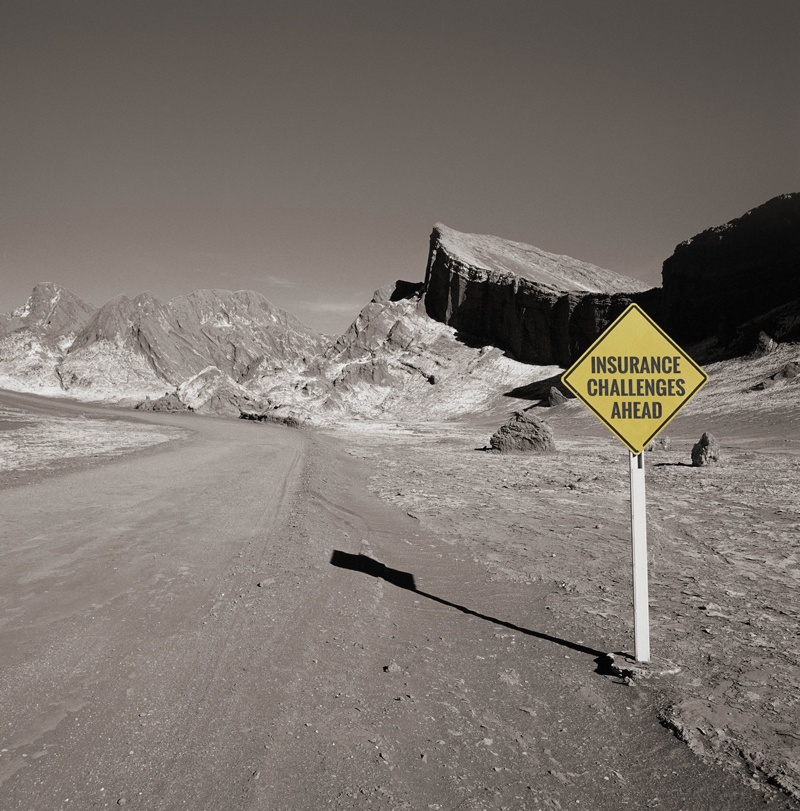The Risks of Hazard has, for a few years now, been advocating that the insurance industry needs to start closing the protection gap on US flood. To do that, it will be necessary for insurers to begin covering risks beyond the NFIP (not just replacing it).
One way to start the new year is to take a look back and see how the previous year looks now that it’s in the past (which means we’re in the future now, which is neat).
Topics: Flood Insurance, Insurance Software, Insurance Technology, Insurance Protection Gap
Flood Insurers 2017: Glass half empty or half full?
Posted by Bill Raymor on Dec 14, 2016 9:26:56 AM
I get to work with some very talented folks at Intermap Technologies on a Natural Catastrophe Risk product called InsitePro. It is a tool designed for underwriters that analyzes and scores location-based risk. With H.R.2901 - Flood Insurance Market Parity and Modernization Act - making its way through Congress, thus enabling the Private Flood Insurance Market to close the Insurance Protection Gap as well as alleviate some of the NFIP’s $25B debt load, we are seeing a growing interest in InsitePro. One reason for that interest is our U.S. flood model called FloodScope. It is derived from a seamless proprietary 5m elevation dataset and is both distinctly different from and more useful than FEMA’s FIRMs for evaluating flood risk at a single location. Here is the difference…
The problems facing private insurers are both many and well documented.
In a BenefitsPro article titled Insurers still coming up short on digitalization written by Jack Craver in November of this year, he stated, “One of the most common barriers to truly transforming the business via digital solutions is the persistence of legacy systems that employees continue to rely on instead of newer approaches. In fact, 80 percent say that while the organization is currently undergoing upgrades to their system, the implementation is hampered by fragmented leadership that conflicts about replacing legacy systems for policy administration and agency management.” And, in a PropertyCasualty360 article from the same month titled Top 7 Insurance industry concerns for 2017, author Jamie Yoder states his first two concerns as:
- The rise of insurance technology
There are several business challenges that established insurers are facing as they try to meet new customer needs while improving core insurance functions. A specific focus on insurance technology, or “InsurTech,” has emerged to help insurers solve these challenges. - Artificial intelligence
The initial impact of artificial intelligence (AI) primarily relates to improving efficiencies and automating existing customer-facing, underwriting and claims processes. Over time, its impact will be more profound; it will identify, assess and underwrite emerging risks and identify new revenue sources…
Topics: Flood Insurance, Private Flood, Flood News
A new kid is on the block underwriting private flood insurance in Florida today! Neptune Flood Insurance is an MGA combining a wealth of experience and some unique innovations to bring more options for property owners. Plus, it’s a great name for an MGA.
Topics: Flood Insurance, Private Flood, Flood News, Insurance News
Did anyone reading the Intelligent Insurer last week notice their Most Read highlights? Here it is from November 15:
I don’t know if it was intentional or not, but they made a perfect microcosm of an interesting and important debate resounding through the corridors of insurance conventions.
Both articles are behind the subscription wall (to which I don’t have a key), but the blurbs illustrate the point brilliantly.
The first article is from an interview with Arno Junke, CEO of Deutsche Rück, and he cautions against becoming “obsessed with developing new products driven by technology and fears of competition from new entrants.”
Meanwhile in the second article, Florence Tondu-Melique - European COO of Hiscox, cautions that “digitally-focused new players in the insurance industry are increasingly threatening the market dominance of traditional insurers in a dynamic that could ultimately force the incumbent players to become nothing more than risk carriers.”
Topics: Floods, Flood Insurance, Flood Modeling, Flood Risk, Private Flood, Insurance Protection Gap





